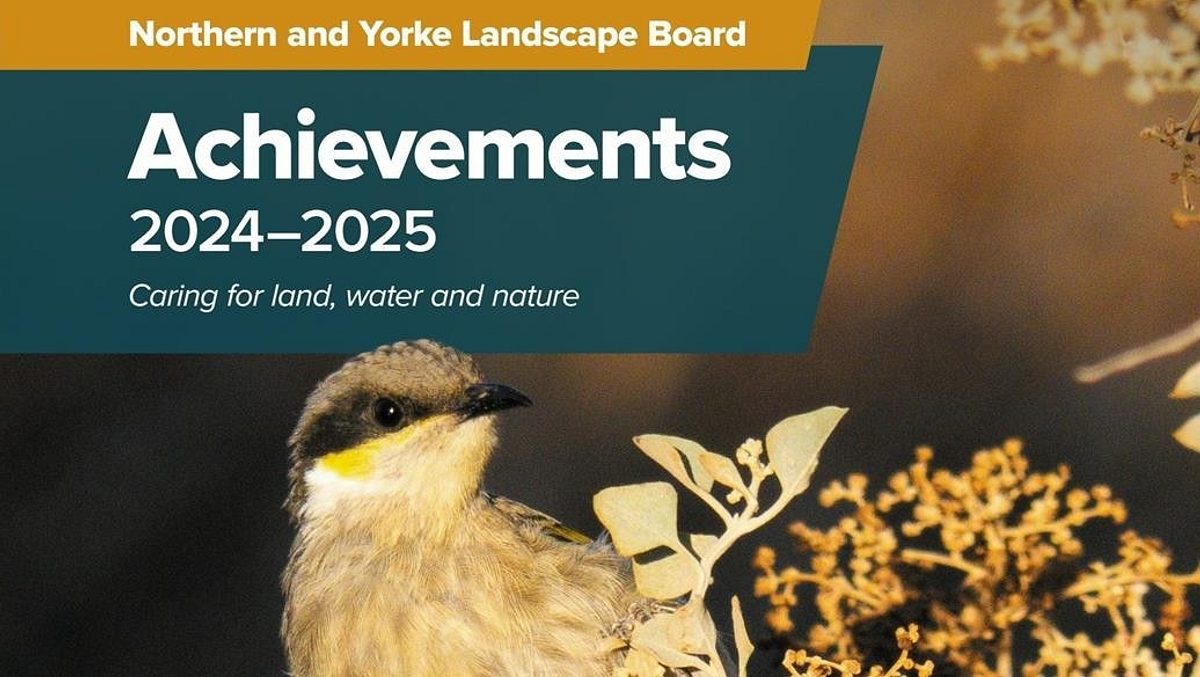The 3 Ps of creating a native garden

Just as you wouldn’t slap paint on a wall without some preparation, it’s just as important before planting a native garden.
And autumn is the perfect time to begin. When it comes to creating a native garden, it’s as simple as following the three Ps: planning, preparing and then the fun part, planting!
Let’s start with planning
This is about working out the size and location of your new planting. While native plants are a very water-wise option, they still need some TLC during the first couple of summers. Think ahead and consider the size of garden that you’ll have the time and energy to water during those hot periods.
The location of your new garden can be determined by its purpose. Do you have some native vegetation on your property? You may want to plant around the edges of this existing patch to help protect it. Do you want to create a farm shelterbelt in a strategic position to add biodiversity, shelter livestock and protect soils? Or do you want to enjoy the birds that native plants attract? You could choose to position your garden near a deck area or pergola, so you can enjoy the fantastic show of birds that will flock in.

Preparing for your native garden
The most important way to prepare your garden space is to get on top of any weeds. Spot spraying with a broad-spectrum herbicide like glyphosate is a good solution, but make sure to use safety gear. If it isn’t a large area, hoeing or grubbing the weeds is a good alternative. Weeding should happen about a month before planting. Once the breaking rains arrive, a light touch up of herbicide spray will ensure the best start for your young natives due to the lack of competition.
Now it’s time for planting
The rule of thumb around when to start planting natives used to be late winter. But things have changed over the years. Now we recommend waiting for the first breaking rains – that first deluge – and planting about two weeks later. The soil’s still warm, there’s plenty of moisture and some sunshine to get things moving.
For small to medium spaces, tubestock is a great way to go. These are seedlings in small tubes that have been grown from seed or propagated from existing plants. While they cost more than seeds, they’re very reliable and your garden will be on its way in no time.
You can then sit back and wait for the native birds to arrive. A good mix of native plants like eremophilas, grevilleas and callistemons, which produce pollen, are great food sources for birds. They also produce a beautiful display of colourful flowers.
So take some time now to follow the three Ps of creating a native garden and get ready to enjoy the fruits of your labour.
Here are some more native planting tips and resources:
- Your guide to getting the most out of your native garden
- Native plant nurseries list
- Coastal gardens – a planting guide for the Northern and Yorke region
Or find at full listing of resources on our website to help create biodiversity in your backyard.



